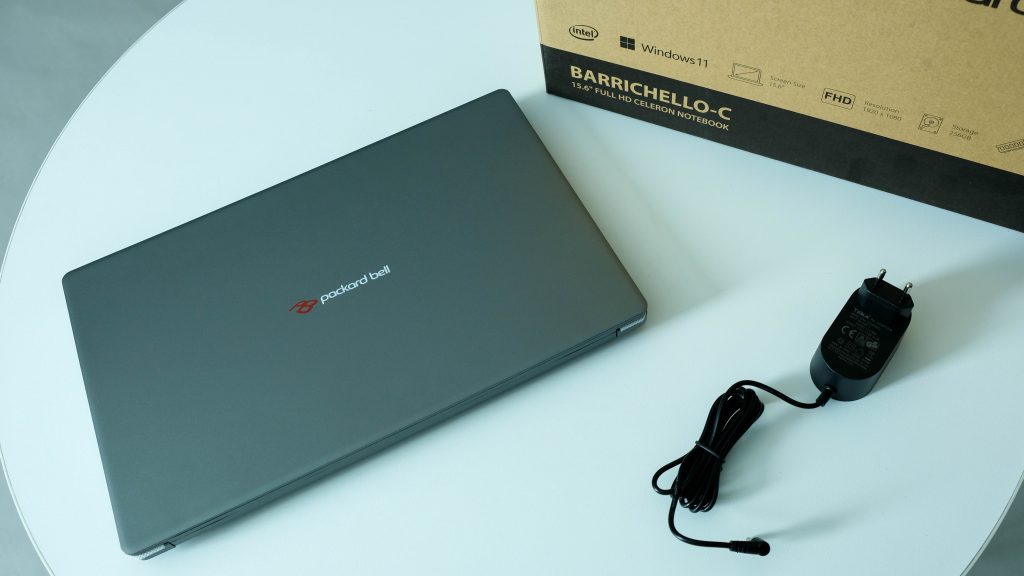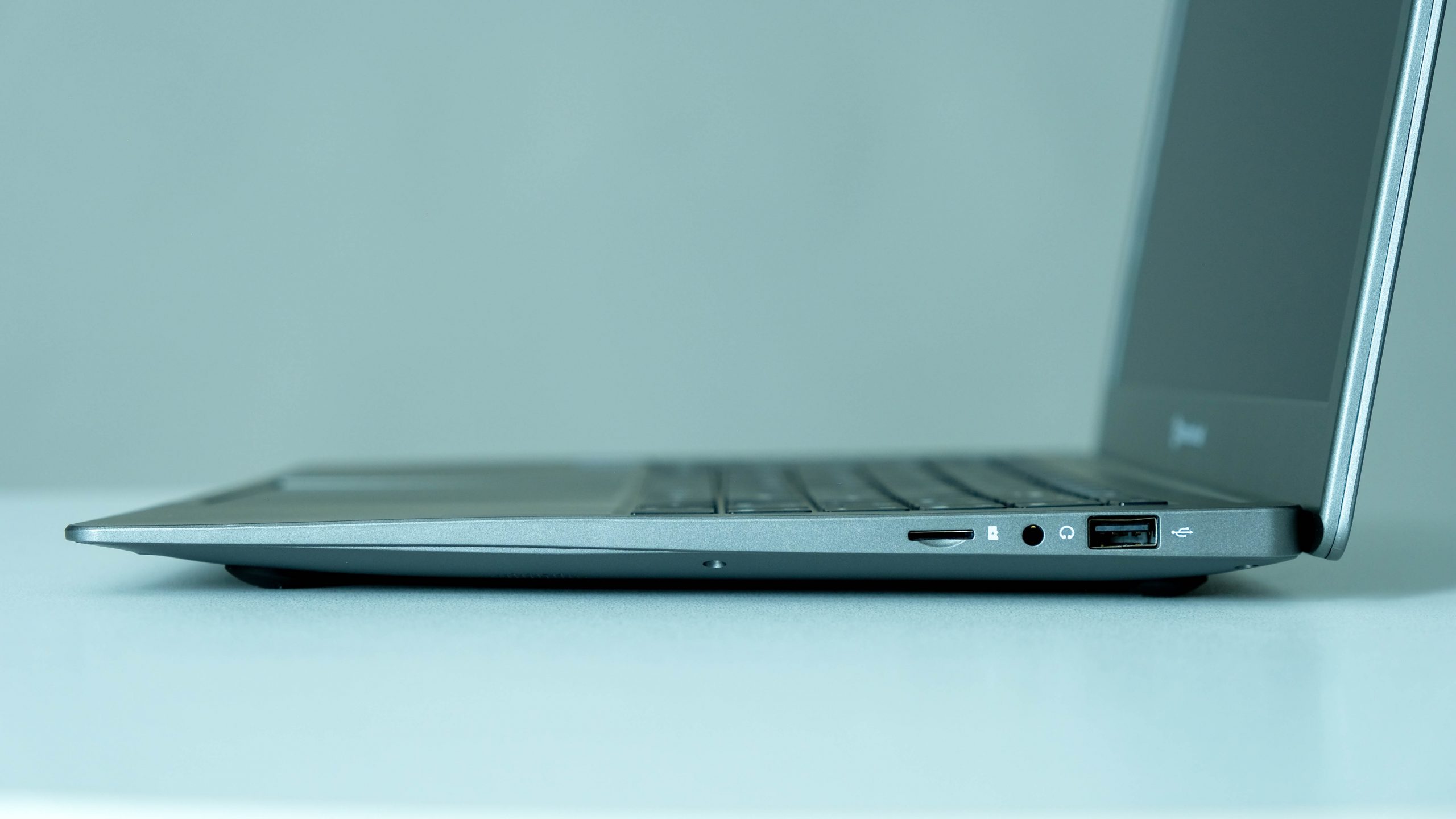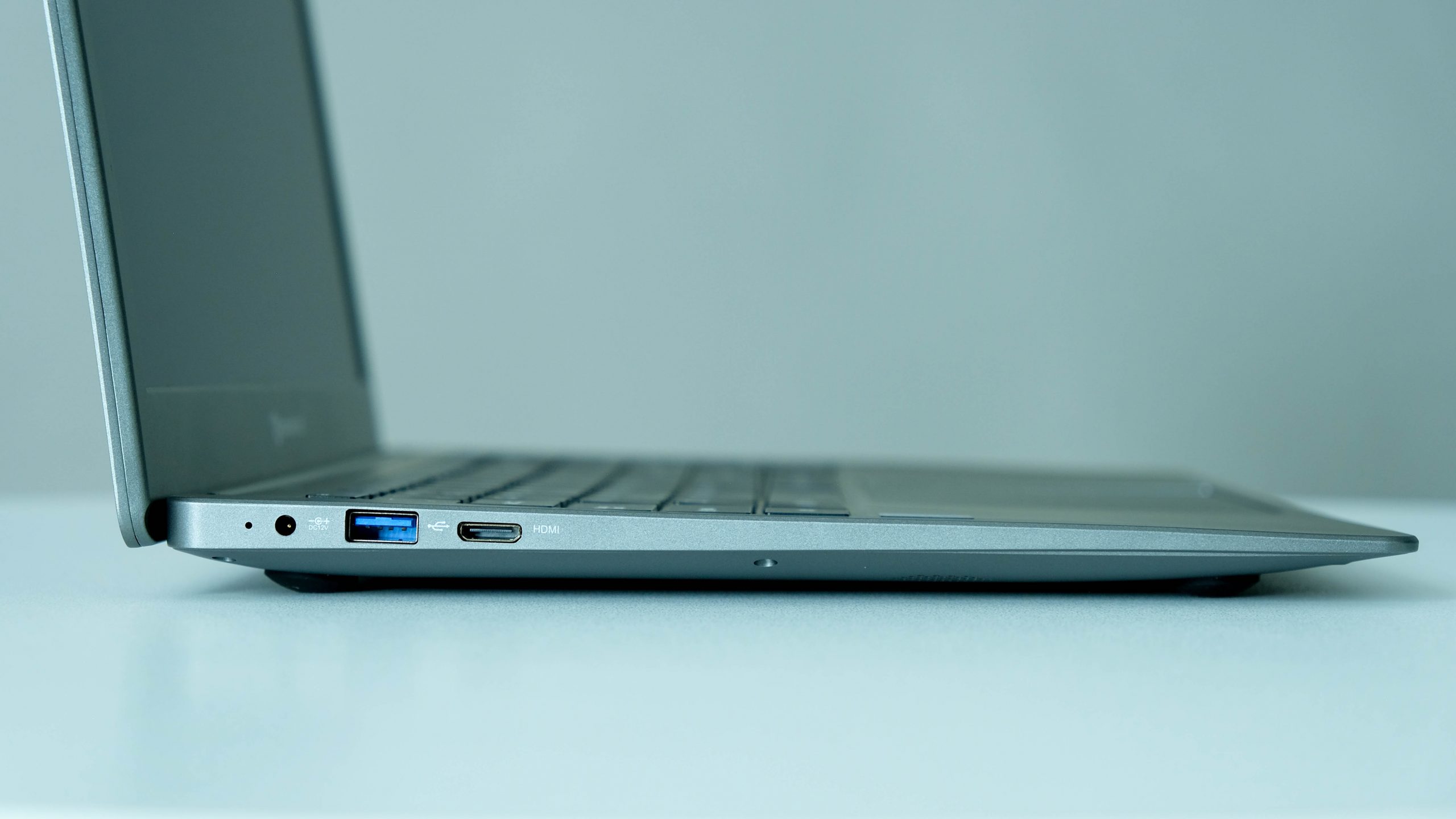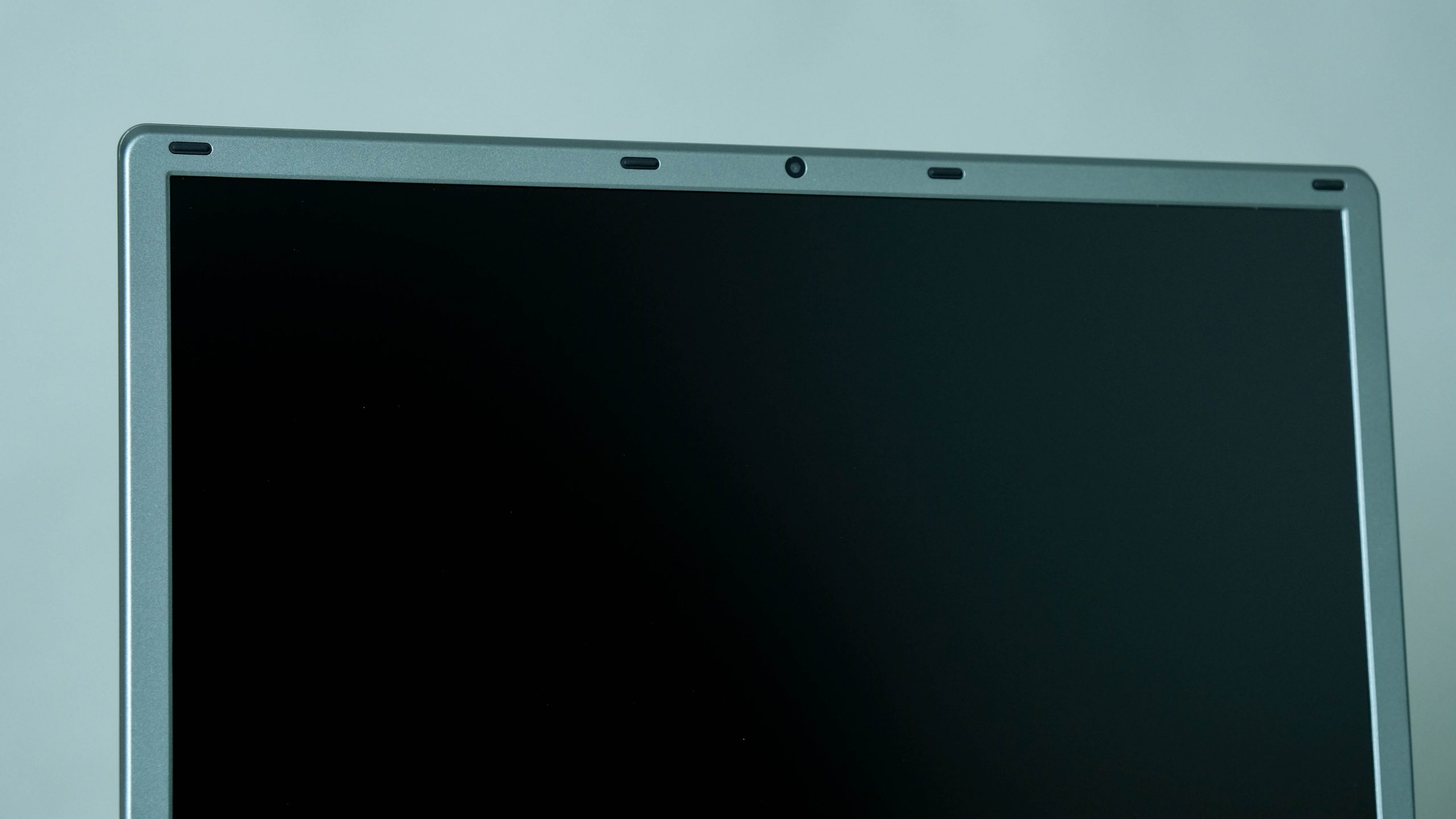You'll get fair performance from this laptop as long as you're aware of what it's capable of. Internet browsing and media consumption? Sure. Taking notes. Absolutely. Gaming? Maybe some of the seriously retro stuff. Excel spreadsheets? Let's not kill the poor thing now. But there is also one ergonomic issue you really should consider first.
-
Design
-
Display
-
Performance
-
Features
-
Value
Budget technology is an often daunting ocean to wade in. There are loads of poisonous fish in that school and experience is a bitter teacher. Choosing something from a known brand, like the Packard Bell Barrichello-C, would seem to be the smarter choice. Wouldn’t it?
Based on our experience with the company’s other Celeron-based machine, the McLaren C1, the answer seems to be an obvious ‘yes’. But life isn’t that simple. There are some obvious upgrades here over the 11.6in notebook from the same family but there are also additional drawbacks. Let’s see what both of those are.
Shade of grey
The Barrichello-C, from even a slight distance, could be mistaken for a substantial brushed metal 15.6in notebook. Once you get closer, you’ll notice that the uniform grey chassis is all moulded plastic. All of it, except the screen, keyboard keys, and trackpad, is constructed from the same material. Okay, fine, there are four bulky rubber feet on the underside to give the tiny vents a spot of ground clearance too.
The bare minimum of ports adorn the two short edges. The left has the power input, a USB-A (3.0), and a mini-HDMI. The right-hand edge has a less speedy USB-A, a 3.5mm audio jack, and a microSD card slot. There’s one thing missing in action and that’s a USB-C port. Its absence is notable, given that the smaller McLaren C1 managed to include one.
The keyboard is generous and so is the trackpad but usage is less pleasant than the visuals suggest. The Barrichello-C’s all-plastic build means the whole unit isn’t terribly sturdy. Typing results in plenty of deck flex, with the whole keyboard bowing down when pressure is applied up top. Internally, there’s probably not much difference between the Barrichello-C and the McLaren C1 (more on that in a second) so there’s probably a lot of empty space below the keyboard. Whether you’re willing to accept that from a R4,500 laptop is up to you but we found the flexibility a minor annoyance.
Internally yours (and theirs)
Inside the Barrichello-C you’ll find, along with the empty spaces, mostly the same hardware found in the McLaren C. Heck, even the batteries are the same. Internal storage and the 15.6in display are the major differentiators, with the larger machine offering better options out of the box. There’s 256GB of internal storage here, but the convenient M.2 upgrade slot in the base is missing so what you see is what you get. Unless you buy a 512GB microSD or something, obviously. The 15.6in IPS display is properly HD, with a native resolution of 1,920 x 1,080, which is a nice upgrade over the McLaren.
But like its smaller cousin, the Barrichello-C is all about the Intel Celeron chipset. There’s a Celeron N4020 at the heart of this laptop, with 4GB of system memory to go along with it. The upshot is that you can expect similar performance to the more compact (and affordable) Packard Bell machine. And, frankly, expect similar performance to basically every other notebook priced at around R5,000 in South Africa in 2024. There are a lot of them about.
Affordability assessment
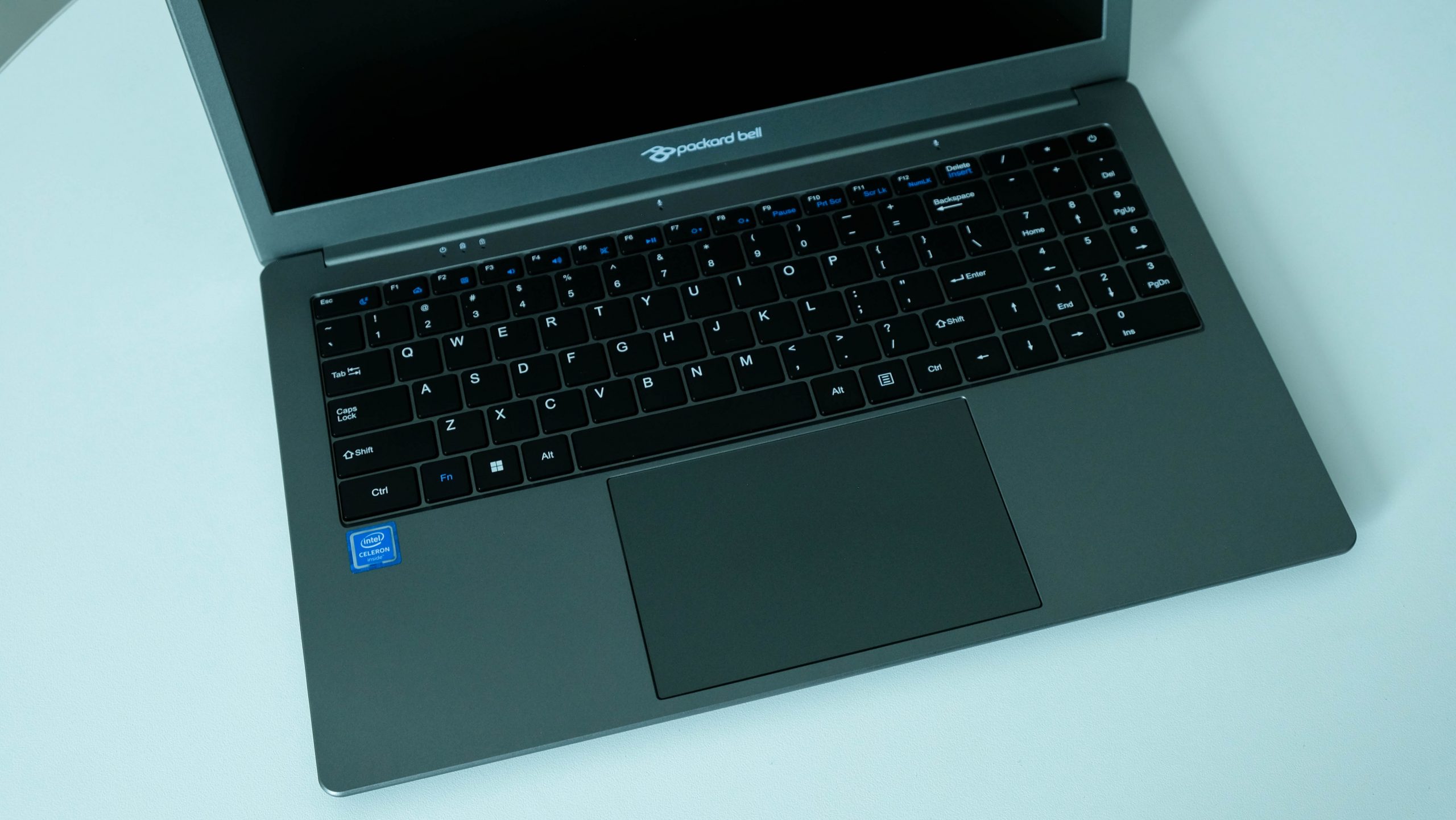
Most folks will tell you it’s difficult to recommend any laptop at the R5,000 mark or below. Generally, the answer is, ‘Get some more money’. But not everyone has that luxury. Sometimes, the budget is all the cash there is available. In that case… you’ll do all right with the Packard Bell Barrichello-C. There’s enough here to make it a competent-enough media machine and it’ll also serve as a low-end home computer, as long as you’re not expecting it to multitask. It won’t do that. At least, not very well.
Our major complaint is the amount of flex in the keyboard. A drop of several millimetres in the centre was typical and while this can be ignored (if you have to) it’s not the most comfortable way to work. As pure recommendations go, the compact Packard Bell McLaren C1 is the more ergonomically sound of the pair. Performance isn’t substantially different either. It mostly hinges on whether you absolutely must have the larger display. If you’re mostly looking to watch Netflix when the lights are out, the Barrichello-C is the preferred option.
Packard Bell Barrichello-C verdict
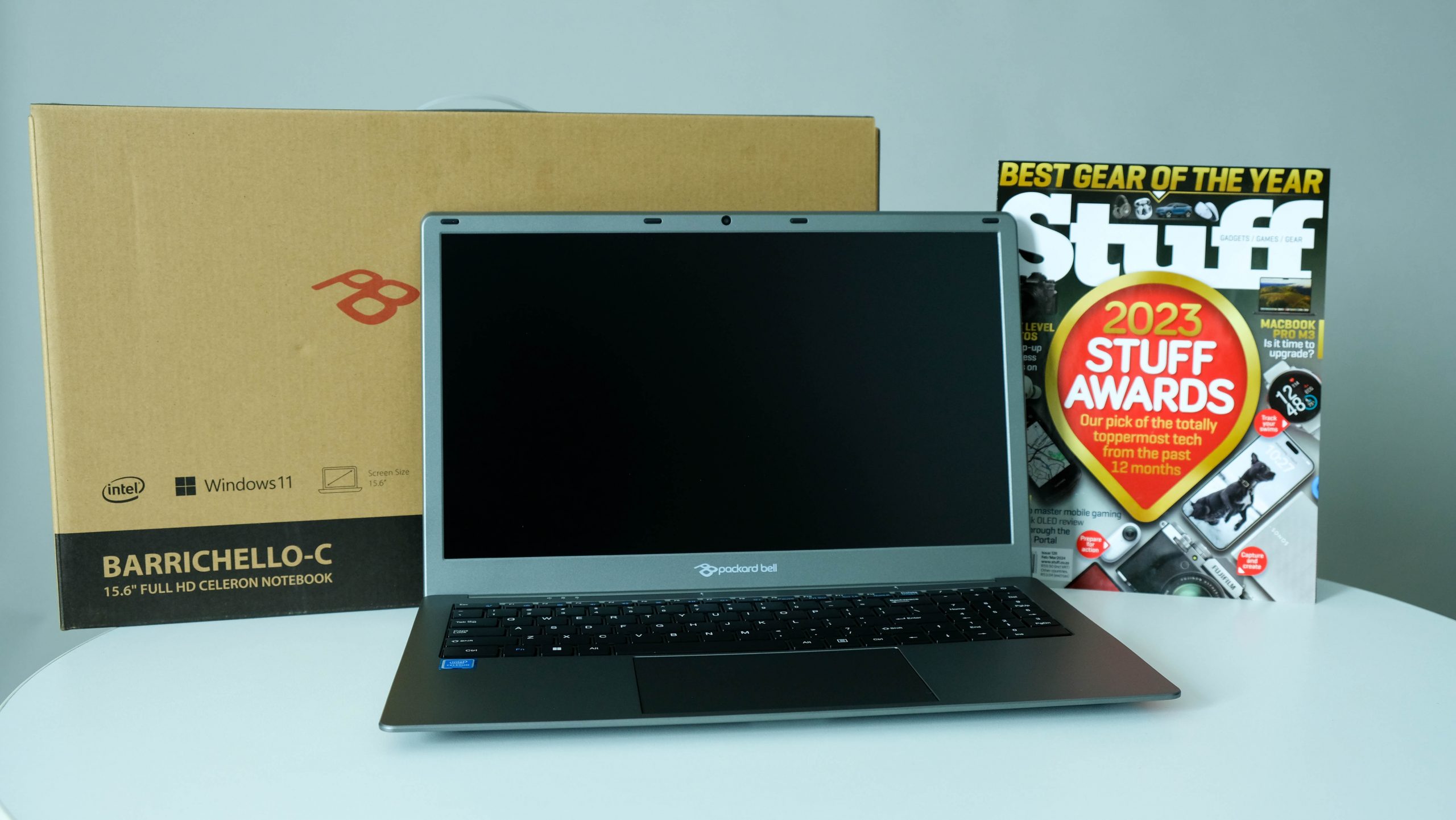
The budget-minded often have to choose the ‘least bad’ product as opposed to one of the best. Nobody will argue that you should choose a Celeron processor over Intel or AMD’s other offerings. Sometimes you have to, however. In that case, there are aspects to like here in the Barrichello-C, like the generous screen, trackpad, and keyboard. There are also aspects to criticise. That deck flex is very noticeable and internally, this isn’t exactly high-end hardware. It’ll be limited in its usefulness but it’ll make the trip to school and back without being a tempting distraction. But if the ergonomic issues are going to be a bother, we’d suggest something with a stiffer chassis. There really is a lot of flexing going on here and it’s not the confident sort.

